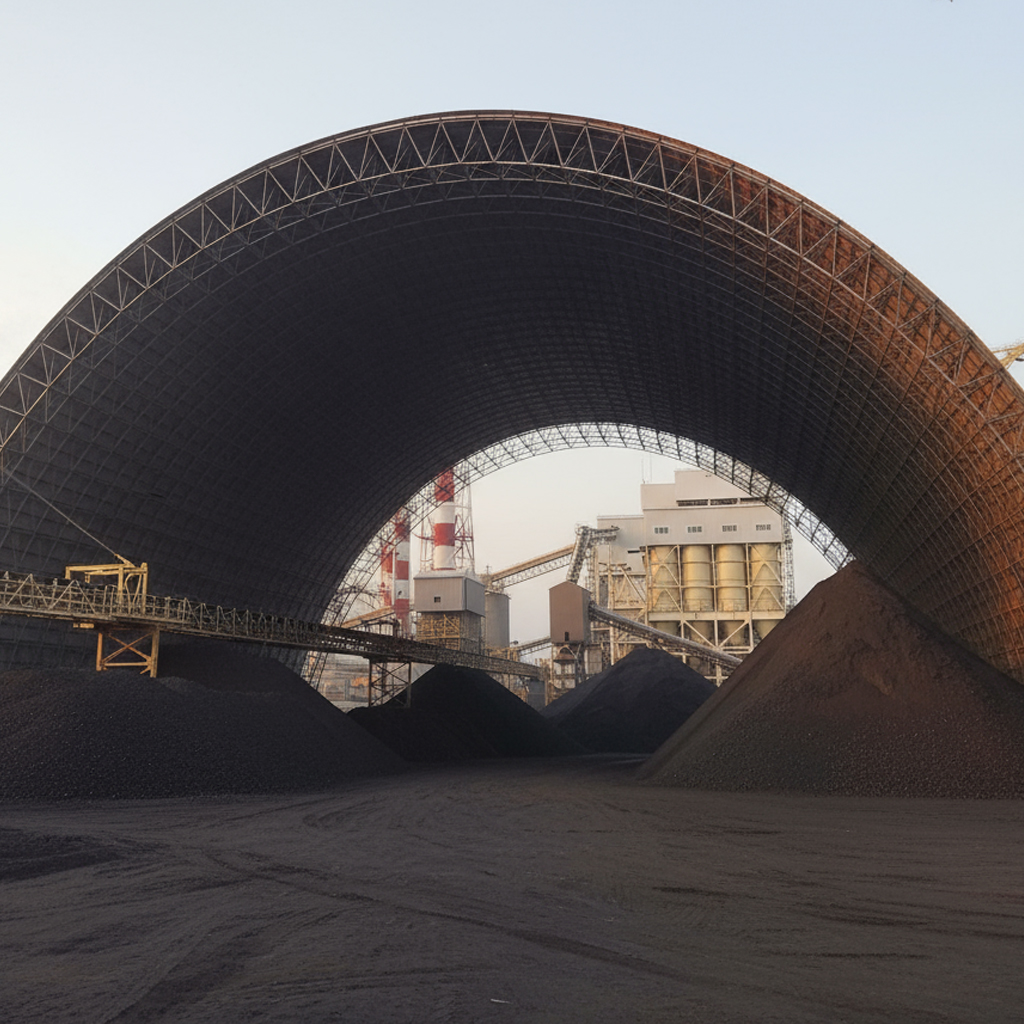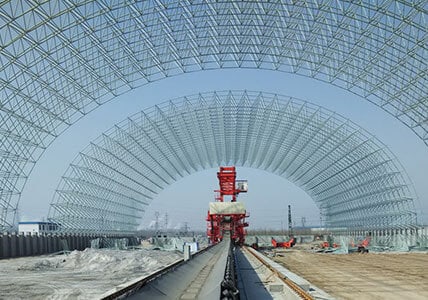Introduction to PEB Buildings
PEB buildings are structures that are engineered and manufactured at a factory before being transported to the construction site for assembly. PEBs are known for their efficiency, cost-effectiveness, and durability. They have become increasingly popular in various industries due to their numerous advantages over traditional construction methods.
History and Evolution of PEBs
The concept of pre-engineered buildings originated in the late 20th century. Initially, they were primarily used for industrial warehouses and storage facilities. Over time, advancements in technology and construction techniques have led to the widespread adoption of PEBs in various sectors, including commercial, residential, and institutional buildings.
Components of a PEB
A typical PEB consists of several components, including primary framing members, secondary framing members, roof and wall panels, and other accessories. The primary framing members, such as beams and columns, are usually made of high-strength steel and are designed to support the load of the building. The secondary framing members, including purlins and girts, provide additional support and stability to the structure. Roof and wall panels are used to enclose the building and provide protection from the elements.
Advantages of PEBs
PEB buildings offer several advantages over traditional construction methods. One of the primary benefits is cost-effectiveness. Since PEBs are manufactured in a factory, they require less labour and time to construct, resulting in lower construction costs. Additionally, PEBs are highly customizable, allowing for greater design flexibility and faster construction times. PEBs are also more sustainable than traditional buildings, as they are often made from recycled materials and can be easily disassembled and reused.
Applications of PEBs
PEBs are used in a wide range of applications, including industrial buildings, warehouses, commercial buildings, and agricultural buildings. Their versatility and cost-effectiveness make them an ideal choice for various industries looking to construct durable and efficient buildings quickly.
Construction Process of PEBs
The construction process of PEBs typically involves several steps, including the design phase, fabrication, and erection. During the design phase, engineers create detailed plans and specifications for the building. The fabrication process involves manufacturing the components of the building in a factory, including the framing members, roof, and wall panels. Finally, the erection process involves assembling the components on-site to create the final structure.
Maintenance of PEBs
One of the key advantages of PEBs is their low maintenance requirements. Since PEBs are made from durable materials, they require minimal upkeep compared to traditional buildings. Regular inspections and maintenance checks can help ensure the long-term durability and performance of a PEB.
Comparison with Conventional Buildings
When compared to conventional buildings, PEBs offer several advantages. They are typically faster to construct, more cost-effective, and more sustainable. Additionally, PEBs can be easily customised to meet specific design requirements, making them a versatile option for various building projects.
Future Trends in PEB Construction
The future of PEB construction looks promising, with advancements in technology and construction techniques leading to even more efficient and sustainable buildings. Some of the key trends in PEB construction include the use of advanced materials, such as high-strength steel and composite materials, as well as the integration of smart technologies for enhanced energy efficiency and performance.
Conclusion
PEB buildings offer a cost-effective, efficient, and sustainable solution for various building projects. Their versatility and durability make them an ideal choice for industries looking to construct durable and efficient buildings quickly. With advancements in technology and construction techniques, the future of PEB construction looks promising, with even more efficient and sustainable buildings on the horizon.




